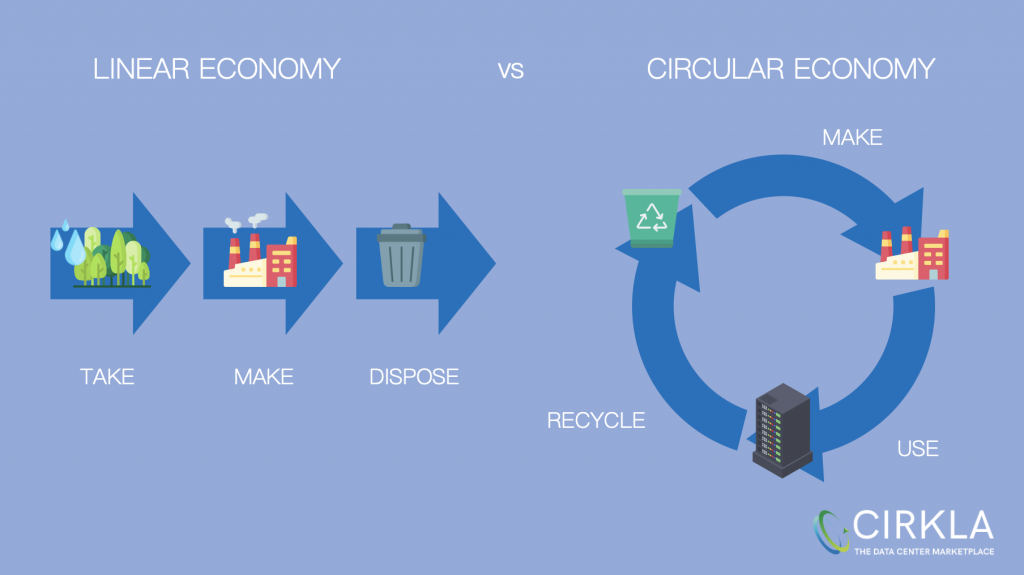What is Circular Economy and how does CIRKLA help?
Before answering the question above, we’ll take a look at the core concepts of Circular Economy. To do so, we will start by defining what a linear economy is, in order to draw differences between the two concepts.
Linear Economy explained
Linear Economy models are simply summarised as ‘take, make and dispose’ methods of using natural resources, such as water, minerals and trees, in order to create and use products. Once these products have reached the end of their lifecycle, they are simply disposed and turned into waste.

Circular Economy explained
The sustainable alternative, Circular Economy, is a process which seeks to reduce waste and pollution by recovering resources at the end of a product’s lifecycle, circulating products and materials and channeling them back into production. This significantly reduces pressure on the environment and even helps to regenerate nature.
Circular Economy is designed with a ‘planet-first’ mindset, aiming to benefit society, the environment and future generations by creating a more sustainable consumption cycle to preserve our habitat. It also makes commercial sense, as it is cost and time efficient to extend the lifecycle of products and infrastructure rather than replace them, resulting in greater resilience, huge waste reductions and long-term sustainability.
This model can involve sharing, leasing, reusing, repairing, refurbishing, repurposing and recycling. Moreover, it aims to tackle global challenges including climate change, biodiversity loss, waste and pollution by emphasising design based implementation of the three core principles of the model.
The CIRKLA approach
Our approach is simple: we provide the Data Center industry with a practical and proactive method of contributing to Circular Economy through our marketplace, which enables users around the world to buy and sell end-of-life products. This, essentially, means that our users worldwide can contribute to a reduction in CO2 emissions with a click of a button, in line with global ESG goals. For example, we contributed to an offset of 150,000 KG of CO2 through our 2nd Life sales actions last year – a number which we hope to surpass this year.
We are actively working towards continuous achievement of our 4 UN Sustainable Development goals, and look forward to publicly releasing our approaches and specific goals.

